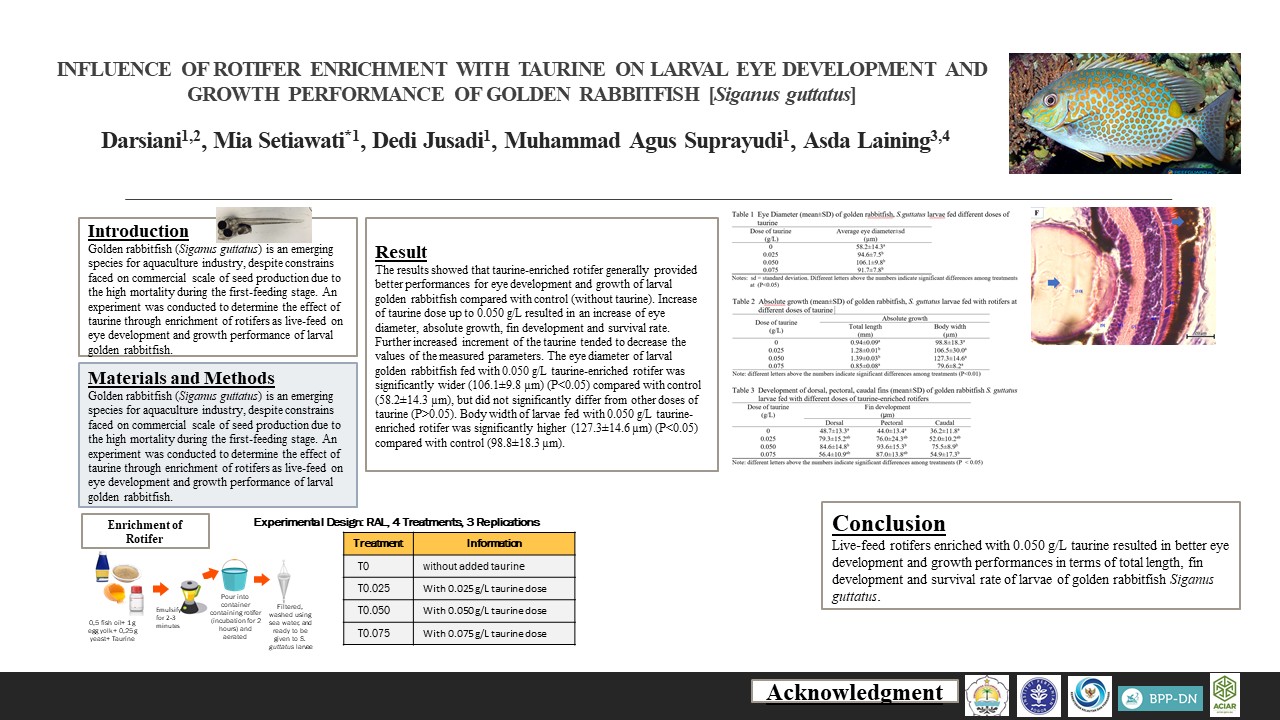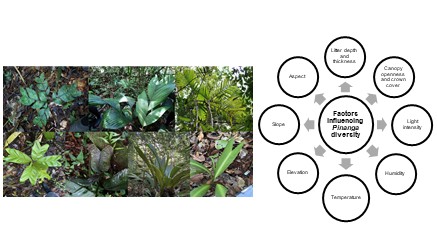DIVERSITY OF ACTINOMYCETES FROM EKA KARYA BOTANICAL GARDEN, BALI
Downloads
A total of 229 strains of actinomycetes were isolated and identified by full sequence of 16S rRNA gene analysis. Samples consisted of 18 soil and 20 leaf-litter were collected from Eka Karya Botanical Garden, Bali Island, Indonesia. Two isolation methods, i.e. SDS-Yeast Extract (SY) and Rehydration-Centrifugation (RC) were used in this study. Based on 16S rRNA gene analysis, isolated actinomycetes may be grouped into 28 genera. Based on molecular analysis of 16S rRNA gene similarities showed that isolated actinomycetes of Eka Karya Botanical Garden origin is diverse. Analysis on 144 isolates from soil samples, resulted in 24 genera and more than 87 species. Streptomyces is the most dominant genus where 65 isolates or 45% from isolated actinomycetes belong to this genus. It was followed by Actinoplanes (25 isolates =17%). From leaf-littersamples, the total number of 85 isolates may be grouped into 9 genera and more than 41 species. The most dominated genus is Actinoplanes (42 isolates =49%) followed by Catenuloplanes (16 isolates=19%).
Keywords: 16S rRNA gene analysis, actinomycetes, biodiversity, Eka Karya Botanical Garden
Downloads
Authors who publish with this journal agree with the following terms:
- Authors retain copyright and grant the journal right of first publication, with the work 1 year after publication simultaneously licensed under a Creative Commons attribution-noncommerical-noderivates 4.0 International License that allows others to share, copy and redistribute the work in any medium or format, but only where the use is for non-commercial purposes and an acknowledgement of the work's authorship and initial publication in this journal is mentioned.
- Authors are able to enter into separate, additional contractual arrangements for the non-exclusive distribution of the journal's published version of the work (e.g., post it to an institutional repository or publish it in a book), with an acknowledgement of its initial publication in this journal.
- Authors are permitted and encouraged to post their work online (e.g., in institutional repositories or on their website) prior to and during the submission process, as it can lead to productive exchanges, as well as earlier and greater citation of published work (See The Effect of Open Access).





















